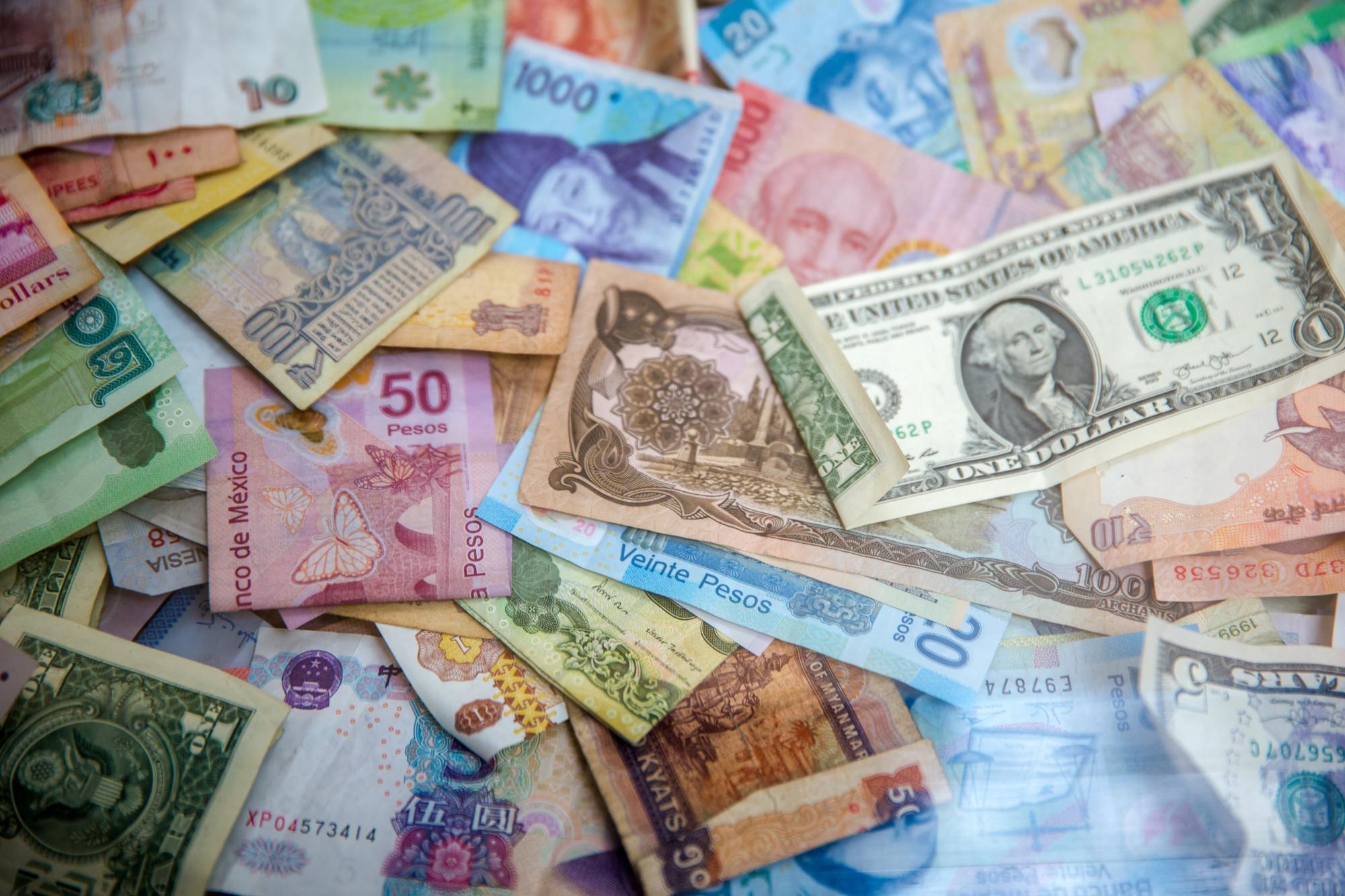Test- FTSE 100 Kicks Off August on a High as BP and Senior Lead Market Momentum
$11
10 Oct 2025, 13:13

Unsplash.com

As major central banks near the conclusion of their rate-hike cycles, they are beginning to surprise the markets as their expectations for when and how they will halt monetary tightening differ.
The Fed of the United States eliminated expectations for a lengthy pause, while Switzerland unexpectedly held rates stable on Thursday and the Bank of England decided to do the same as recent data point to diminishing inflation pressures.
Below is a breakdown of what has happened over the last couple of days.
In order to control inflation, the U.S. Federal Reserve stated on Wednesday that interest rates may increase once more in the current year.
Markets are not as confident, with futures pricing a probability of another quarter-point increase by year's end of about 50%. Even if the Fed continues to be hawkish for the time being, many analysts believe the rate hike cycle is done.
Over in the UK, in spite of mounting evidence that the economy is weakening, the Bank of England kept interest rates at 5.25% on Thursday and left the door open to additional increases.
Sterling dropped significantly following the announcement, and interest rate futures data revealed that traders now estimate there is a 70% likelihood that the BoE would maintain current interest rates in November, up from a 50/50 possibility previously.
Across to the East, on September 14th, the ECB increased its key rate to 4%, the highest level since the introduction of the euro in 1999, but it also hinted that this could be the last action in a battle against inflation that has lasted more than a year.
According to economists surveyed by Reuters, the ECB has finished raising interest rates and will remain on hold at least until July 2024.
Rest of the world:
(Sources: investing.com, reuters.com, cnbc.com)